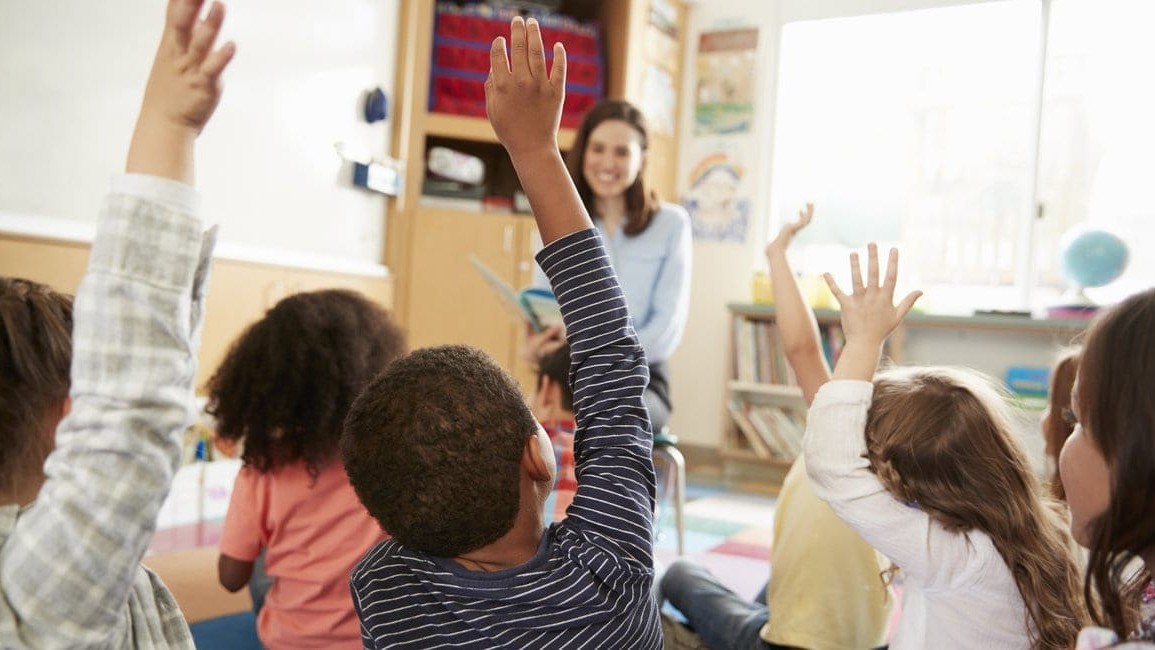The four-year graduation rate of Colorado high-schoolers is 80.7%, with student drop-out rates at an all-time low and an increasing number of minority students graduating within four years, according to the Colorado Department of Education’s class of 2018 data.
Although that’s great news, it still leaves just shy of 20% of young people with no diploma. And while it’s no surprise that young people who do not graduate high school are less likely to find employment (not to mention stable, well-paying jobs that typically requires post-secondary education), the impact that young people without high school diplomas have on the economy might be a surprise.
The Alliance for Excellent Education, a national non-profit organization committed to improving graduation rates, estimates that if the national class of 2015 had instead achieved a 90% graduation rate instead of its actual rate of 83.2%, these students would have earned $3.1 billion annually in additional income.
Their paychecks, which would be spent in grocery stores, in restaurants, on entertainment, and otherwise, would create $664 million dollars in tax revenue by the midpoint of these graduates’ careers. It’s what they call the “Graduation Effect,” or how the economy would be affected by a national graduation rate of 90%.
But, what does a diploma mean these days? Not enough.
Diplomas are not doing enough to prepare students for success in college or in careers. In an effort to increase graduation rates, schools have watered down curriculum and pathways to graduation. This hurts students and employers alike.
Here’s how education needs to change to better serve students and the economy.
Gear high school curriculum towards life goals.
Making the “A” or just swimming above a failing grade for the sake of graduating is not enough. Schools need to do a better job of bridging the gap between diplomas and post-secondary education and job training needs, according to the special report, “2018 Building a Grad Nation: Progress and Challenge in Raising High School Graduation Rates.”
This means eliminating watered-down programs that facilitate diplomas and instead treating diplomas as a key tool that unlocks opportunities in the next chapter of a young person’s life.
Start interventions early.
The foundation for whether a student will graduate starts well before they reach senior year. According to a 2018 study published by the American Educational Research Association, “Elementary-school students who participated in a comprehensive support intervention in the Boston public school district had about half the odds of dropping out of high school as students not in the intervention.” The more prepared students are for each grade, and eventually high school, the more successfully they will perform at each level.
Make schools a hub for community involvement.
In today’s economy, improving student achievement should be everybody’s business.
There is a formal model of education referred to as a Community School, which understands schools as “hubs, community schools bring educators, families, and community partners together to offer a range of opportunities, support, and services to children, youth as well as their families,” according to the Coalition for Community Schools.
Suggested Reading:
While the model is gaining traction in the U.S., these schools face challenges, including funding and political clout.
Still, they have guiding principles that can be modeled to help improve success, including setting high expectations for students and adults alike, fostering strong partnerships with local resources, and building on community’s strengths. If communities want schools that prepare students to be contributing members of society, to work in their businesses, study at their higher-education programs, and power their economies, communities need to be invested in the success of local schools.
So, yes, sponsor that local tee ball team or spelling bee. Encourage staff to volunteer as mentors for local students for a few hours a month. Host a career day event. Think about how your company can help one more kid to graduate this year and commit to that.
If graduation rates can be improved to 90% across the country, the U.S. will see an organic “economic stimulus package” according to Bob Wise of Alliance for Excellent Education, with more dollars earned to power local economies.
As rates improve, however, diplomas will need to consistently mean more than “Congratulations! You made it!” and instead, say “Congratulations! You are prepared to take on the next phase of life.” For that shift towards student achievement to happen, however, public education needs to become everybody’s business.


